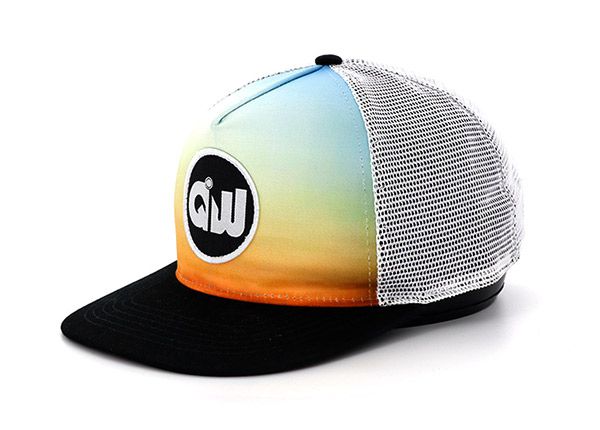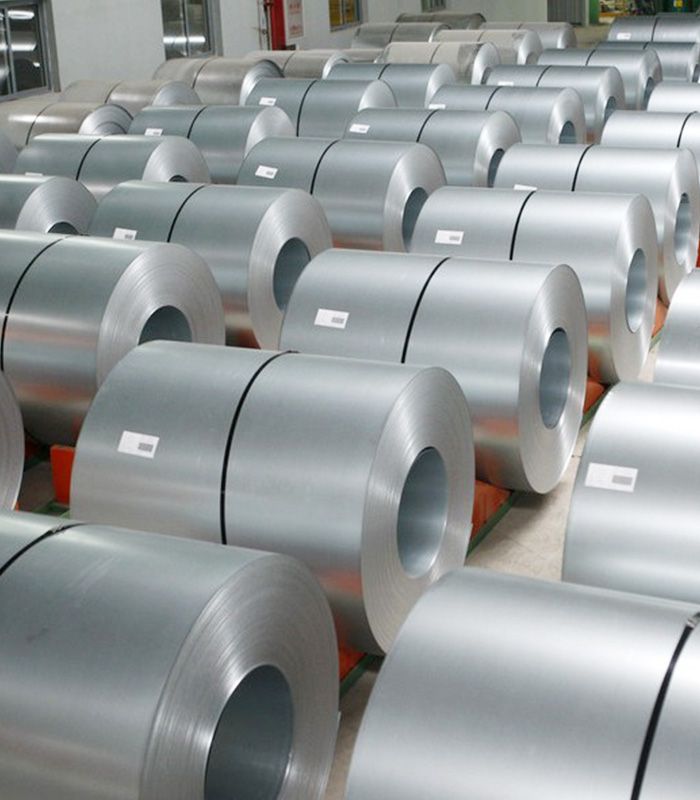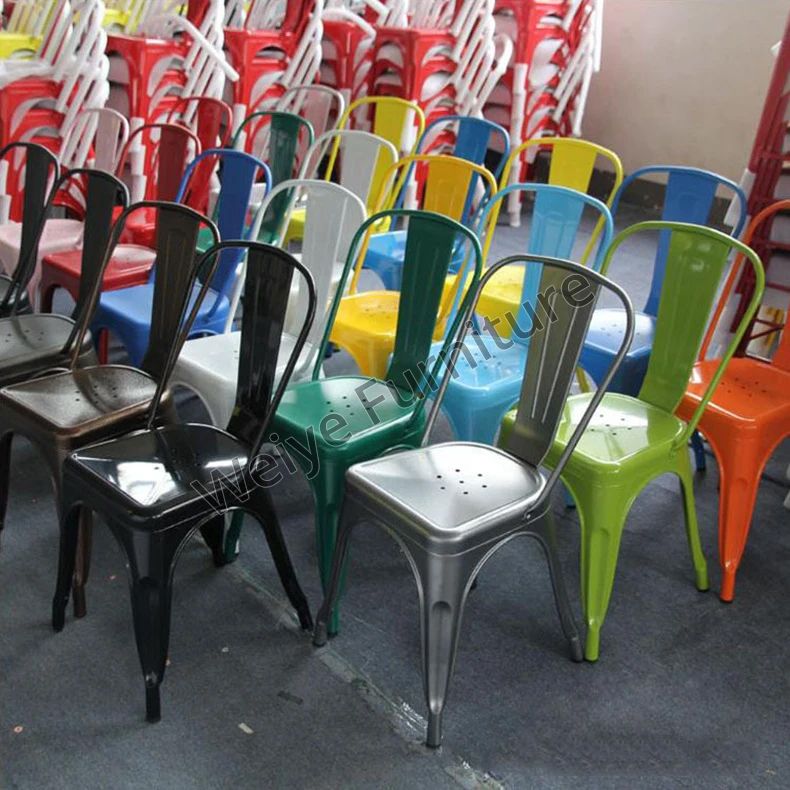In the past five years, special effects on stage have evolved from occasional spectacle to an integral part of show design, lighting synergy and audience storytelling. Tour managers, lighting designers and production managers increasingly treat effects equipment — fog and haze machines, CO₂ and super jet systems, cold-spark units, bubble-fog hybrids and confetti systems — as core technical tools rather than decorative extras. The shift is driven by better product reliability, broader safety-approved alternatives to open flame, and tighter integration with lighting and rigging systems that make effects predictable and repeatable across dozens of venues.
A Broader Palette, Better Control
Today's stage effects equipment offers finer control over output, duration and visual profile. Haze and low-lying fog units provide long-lasting aerosols that let designers sculpt light beams for extended cues; dual-output super jets and LED-enhanced jet fogs can deliver visually striking plumes in short bursts that sync tightly with music and DMX cues. Products that combine motion (moving head fog) with programmed light output allow a single device to operate as both an effects source and a dynamic lighting element, simplifying rigging and channel counts. These multi-function devices are increasingly common in modern product catalogs.
Safer Spectacle: Cold Spark and Flamer Alternatives
Safety remains top of mind when effects are used in arenas and indoor theaters. Cold spark machines — which generate bright, short-lived spark effects without the heat and fallout of traditional pyrotechnics — have become a preferred choice for indoor celebrations and artist entrances. Likewise, water-mist flamers and controlled flame units offer impressive vertical flame visuals while incorporating fail-safe sensors and fluid control that reduce risk compared with uncontrolled firework devices. Manufacturers are responding with certified models aimed at event production, with clear spec sheets and consumable support to meet touring needs.
Case Studies: Why Top Tours Are Adopting New Kit
Major touring acts and corporate live shows are already showing the impact of these advances. Recent installations highlight where dual-output super jets and portable cold spark machines were used to create repeatable, high-impact moments across multiple cities. These examples underscore two practical benefits: first, newer devices shorten load-in/load-out time because of modular designs and built-in controllers; second, standardized consumables (fluids, confetti cartridges, etc.) reduce on-site logistics and allow crews to operate at scale without bespoke solutions for each date.
Operational Realities: Crew, Consumables and Maintenance
High-quality effects equipment reduces surprises but does not eliminate operational needs. Production teams emphasize reliable fluid supply chains, spare parts for wear items (pumps, nozzles, remote controllers) and clear maintenance schedules. Suppliers that provide dedicated consumables (fog fluid, confetti, spark pellets) and accessible tech support are favored for tours and recurring events; consistent product families and clear DMX profiles also speed up programming during rehearsals. Vendors who publish thorough documentation and case references make procurement and risk assessments straightforward for technical directors.
Designing for Venues: Scalability and Placement
Choosing effects is a matter of context. A club or black-box theater benefits from compact haze and bubble-fog units that emphasize intimacy; arenas and outdoor festivals require powerful super jets, CO₂ columns and confetti systems designed for long throw and quick refresh. Equally important is placement: low-fog systems can create immersive stage floors but need heat/ventilation coordination; CO₂ jets deliver instant excitement but must be sited to avoid interfering with camera operators and FOH sightlines. Matching equipment to venue ventilation and safety plans is non-negotiable.
What Producers Should Ask Suppliers
When specifying stage special effects equipment, production buyers should request: (1) technical datasheets with power and fluid consumption figures; (2) DMX and control compatibility; (3) consumables availability in tour territories; (4) maintenance and repair lead times; and (5) safety certifications or test reports. Suppliers that publish product ranges, offer export support and share real project case studies make the evaluation faster and less risky.
Conclusion — Effects as Storytelling Tools
The best special effects equipment does more than dazzle: it extends the director’s grammar, gives lighting designers more precise “paint,” and gives performers reliable moments that can be reproduced night after night. As the market matures, teams that pair creative intent with technically robust, safety-conscious devices will deliver the most memorable and repeatable live experiences. For production teams evaluating options, vendor catalogs and case studies from manufacturers provide the concrete data needed to choose gear that fits both artistic vision and operational constraints.






